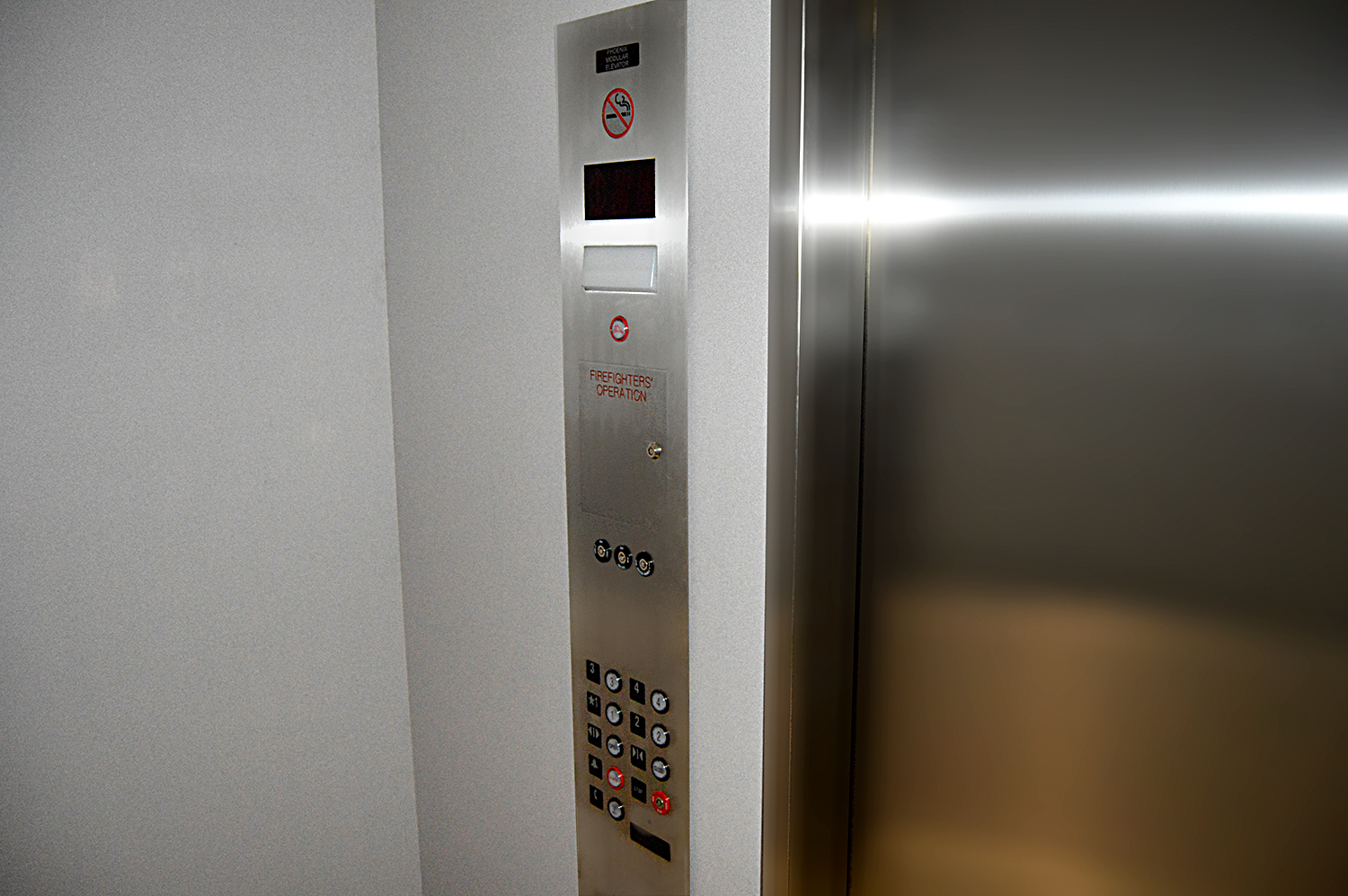Elevator Flood – When dark clouds roll in, there is often concern for the elevator. This is because often the lowest part of any building is in an unlikely place; under the elevator. Almost every elevator sits atop an elevator pit and as the elevator often travels to all the levels of the building (including the basement or underground parking) the pit and all the elevator components are possible trouble spots when there is too much rain like we are seeing this hurricane season. Because flood waters can permanently damage the equipment, it maybe a good idea to know what you can do to keep the elevator safe in storms and in as good operating condition as possible depending on the circumstances.
First, remember that you can get a pit flood alarm system, a sump pump and back up electricity source for the pump. But those devices maybe OK for a leaky pipe or stopped up drain; they are usually pointless for catastrophic events where electricity will be off for an extended period of time. So what should you do if a hurricane is bearing down?
[vc_button label=”Free Quick Quote” target=”_self” size=”small” style=”light” url=”https://phoenixmodularelevator.com/free-quick-quote/”]
Here is a list of things to do:
→ Use the elevator to evacuate those who need the elevator before it becomes an emergency. The disabled, children, and the elderly may be reliant on the elevator. People are looking to you to make important decisions for them. Listen to local authorities and heed their warnings. Evacuate when told or sooner.
→ When in doubt don’t ride the elevator or permit others to ride. Play it safe. If water is standing in the pit at all, it is a bad idea to let people ride. Don’t do it!!! It is also a very bad idea for people to ride the elevator at the height of a hurricane or severe storm even if there is no flooding. A power outage could put people at risk.
→ If you have multiple elevators, reduce the overall number of those in service to one, making sure it is one that goes to all floors. Once everyone is evacuated, reserve use of the elevator to emergency personnel only.
→ For the elevators not is use, take them up to the highest floor available for hydraulic and to a middle floors for traction elevators. Make sure all the doors are closed to the elevator cars.
→ Shut things down! Turn off all of the main disconnects for any elevator deemed unessential.
→ In a low rise building, when it is time to go, run the last hydraulic elevator to the top floor, then disconnect the main for this elevator as well. Remember keep safe. If there is no time, don’t take the time to save the elevator if it means putting your life in jeopardy. For a traction elevator, halfway up will do.
→ If possible sandbag the machine room doors and vents if it is predicted flood waters will get higher than the entrance. Also sandbag any penthouse machine to prevent blown in water.
→ Make sure all the hoistway and machine room venting is closed or blocked.
All of the above are suggestions and pre-suppose that there is time. DO NOT PUT YOUR LIFE AT RISK over elevators. Don’t go anywhere near submerged power lines or handle wet electronics.
Once the flood is over, then call in a professional to assess damage and get the elevators operational again. Make sure you document everything you can from severity of damage to costs of repairs. Also take the time to do research before any flooding occurs. The best way to handle a flooded elevator is to be prepared before hand.
If you have any questions or need a new elevator, click the link below.



 Photo by Drew Coffman on Unsplash
Photo by Drew Coffman on Unsplash

